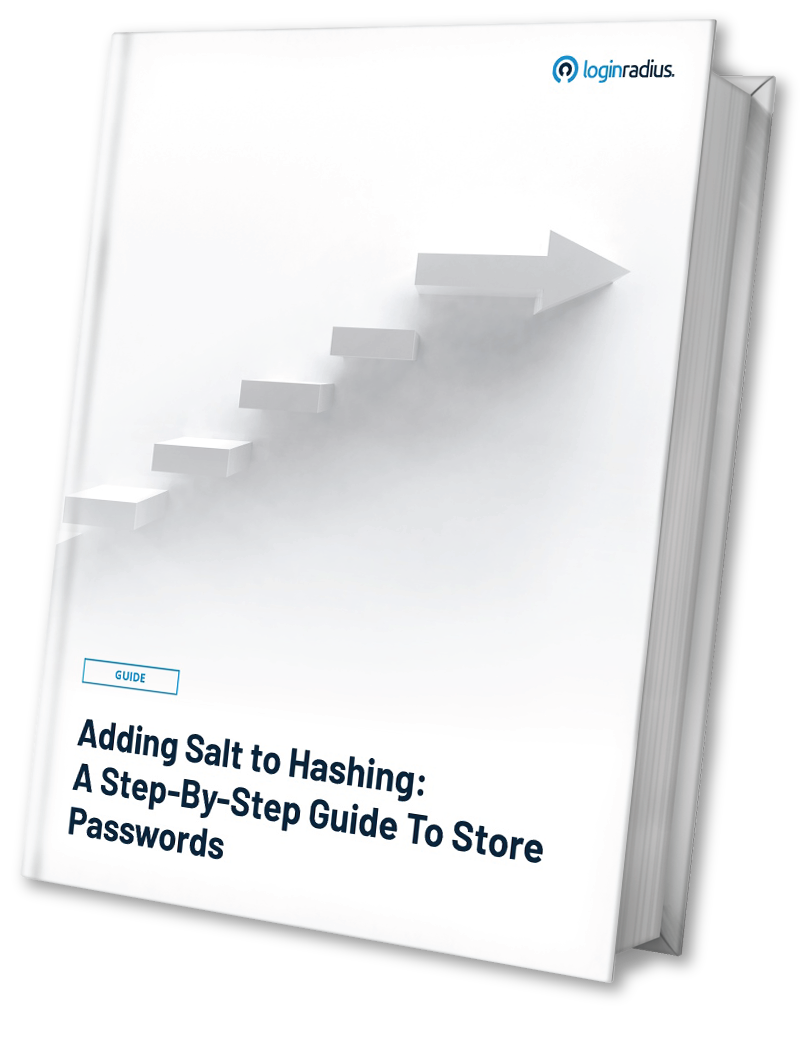
Adding Salt to Hashing: A Step-By-Step Guide To Store Passwords
Get This Guide
Elevate your password security with our concise guide on proper password hashing techniques. As cyber threats surge, protecting sensitive information is crucial. Learn the importance of adding randomized, lengthy, and unique salt to passwords, rendering table attacks ineffective and minimizing the risk of unauthorized access. Download now for essential insights into secure password storage.
Highlights:
- What makes unsalted passwords more susceptible to attacks?
- Understanding how criminals exploit tables to crack unsalted passwords
- Resolving password attacks through the effective use of salt hashing
- Tips and methods for generating a strong and random salt to bolster security